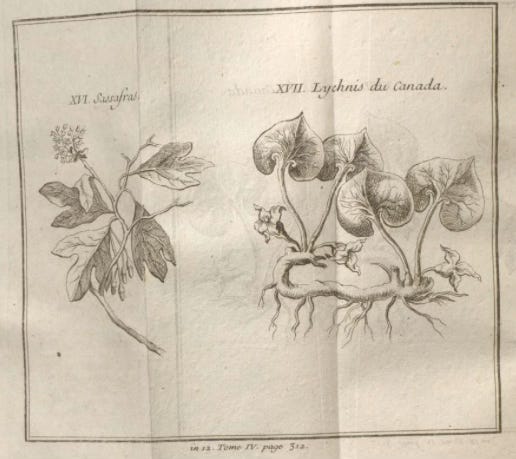Sources of Canada
From the start, much more than two nations
(From Charlevoix’s ‘Histoire et description générale de la Nouvelle France [1744])
For Grant, two sources of Canadian nationhood counted most: French Canada’s particular Catholicism “with an ancient doctrine of virtue” they prioritized over freedom, and the Loyalist “social doctrine that public order and tradition, in contrast to freedom and experiment, were central to the good life.”
Today we might describe these sources a bit differently, and add to them.
The great foundation that Grant chose not to mention comprised 634 recognized First Nation governments and bands across Canada representing over 50 nations speaking hundreds of languages and dialects, many with few remaining native speakers. The Inuit with their vast traditional territory across the Arctic are a founding people, as are Métis communities from Manitoba, Red River and Saskatchewan, where they have long played a leading role, and in every other part of Canada.
Crown relations with First Nations are governed by treaties which, in the case of Canada and Acadia, were first negotiated by the French crown in the sixteenth and seventeenth centuries. Relations with indigenous peoples across North America were primarily managed from Québec, Trois-Rivières, Montréal and later Detroit and Michilimackinac – not from Paris.




